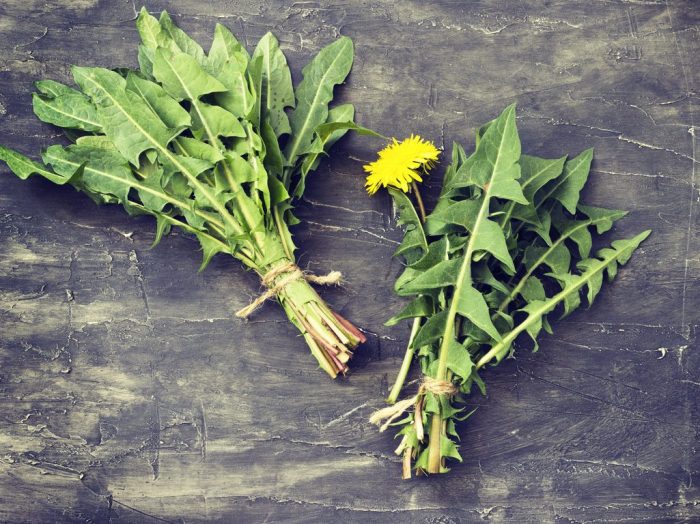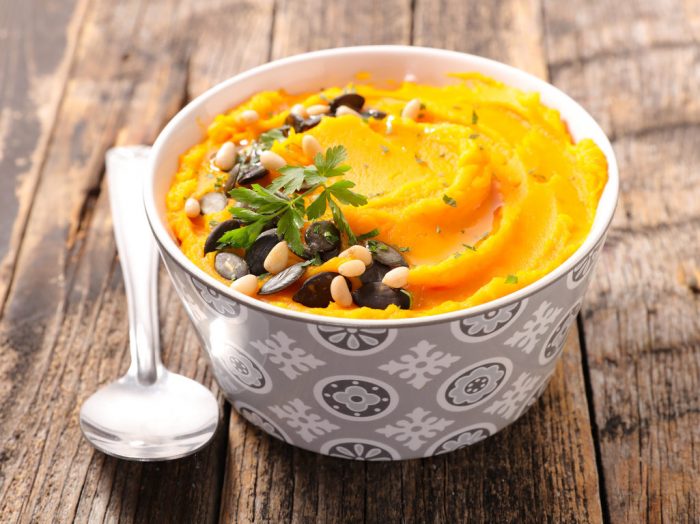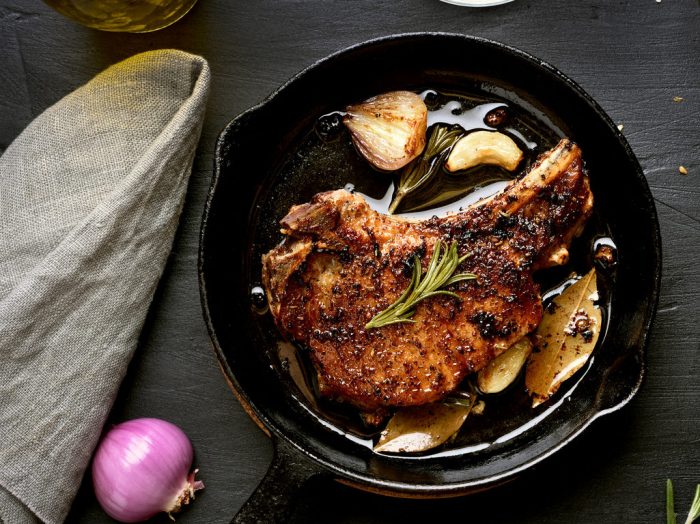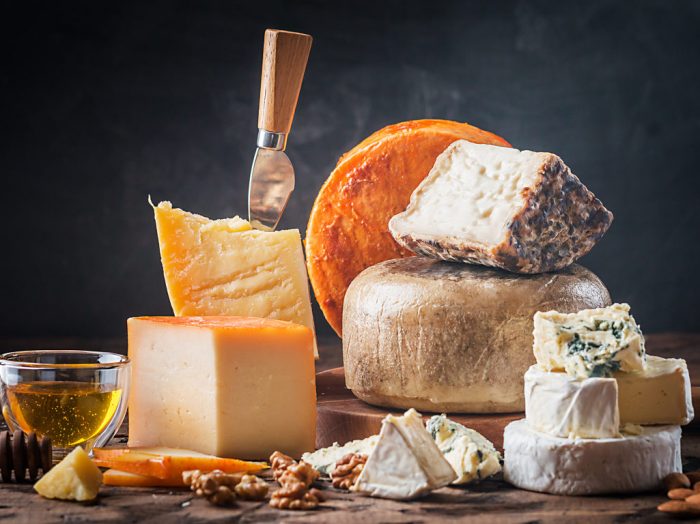When spring comes to town, all of a sudden we crave green food. There are many options, but one of them is pretty good and deserves a bit more attention. I’m talking about dandelion greens.
Dandelion greens need some more appreciation from everybody. They’re a valid and cheap type of green that can end up having a big and nutritious place on your plate. Which is funny, because when we encounter it, we usually just make a wish and blow away the puffy flower and make an Instagrammable moment out of it. But before it even gets to that fluffy state or even the flowery, a dandelion is really good for eating. Will you give up on your wishes for some extra nutrition?

Picking out dandelion greens
If you want to use dandelion greens in your cooking, make sure that the plant is green and fresh and young and that its leaves are tender, that’s when the plant is at its most nutritious.
You can find dandelion greens basically anywhere, but maybe don’t pick the ones on the side of the road. It’s safer to go to a farmer’s market and a provider you trust for a nice, yummy bunch of the greens. Whenever you come across the plant in nature, you don’t really know if the plants have been exposed to any chemicals, herbicides or pesticides.
You should find them all the way through May, but make sure their stems are still thin and the color is still vibrant.
Their flavor is a little bit bitter with a hint of peppery. And the leaves are loaded with vitamins A and K, and also calcium. Among the health benefits they provide, anti-inflammatory and anti-swelling properties are key.
Cooking dandelion greens
But what can you use them for? Add them raw to a salad with the ingredients of your choice. Because of their bitter flavor, they go well with rich ingredients, like boiled eggs or cheese. You can also grill them, sauté or braise them, or add them to a smoothie. You can also use them as filling in quiches and frittatas. They work in a similar way as spinach leaves, so make that your example.






